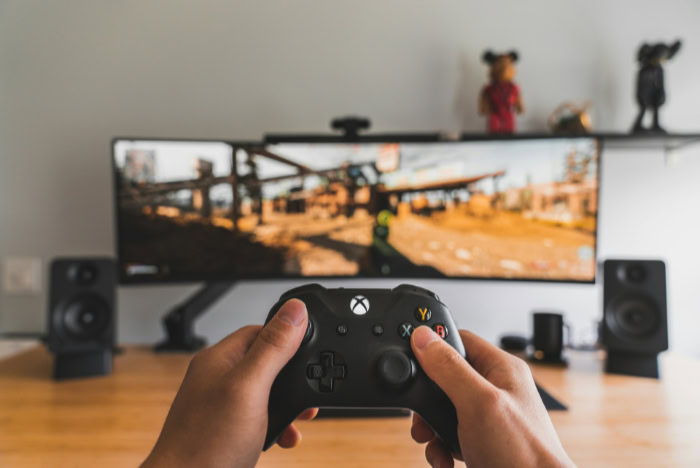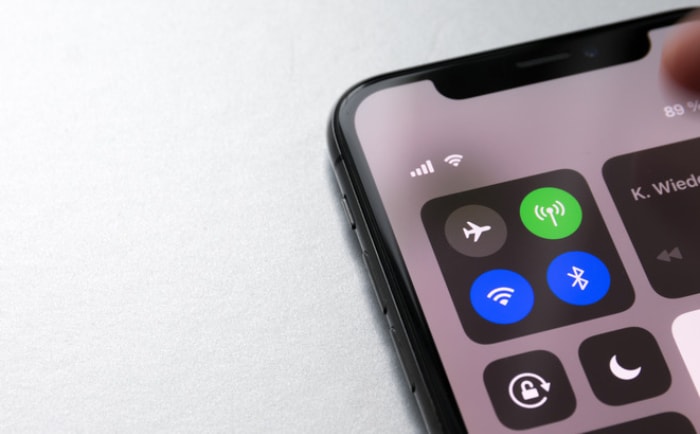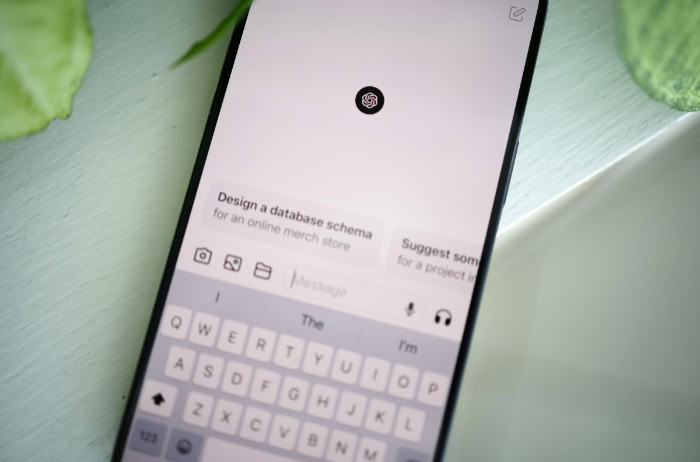How to Clear the Cache on Xbox Series X|S and Xbox One

An Xbox that stutters, freezes, or refuses to connect can disrupt any gaming session. Sluggish dashboard navigation, inexplicably long loading screens, and random game crashes are common symptoms of a cluttered system cache.
Fortunately, the solution is typically straightforward and does not put your saved games or installed library at risk. By performing a few specific steps, you can wipe the temporary files and corrupted data that build up over time.
When and Why to Clear
Cache buildup can cause odd behavior that feels worse over time. Clearing temporary data gives the console a fresh start without risking your saved games or installed apps.
Use it as a first step before more drastic fixes, especially if performance dips or network quirks keep returning.
Typical Symptoms
Small hiccups can add up to a frustrating experience. Watch for patterns that point to clogged temporary data.
- Sluggish dashboard navigation or input lag
- Longer load times or stuck splash screens
- Stutters or brief freezes during gameplay
- Intermittent sign-in prompts or Xbox Live connection drops
- Games failing to launch on the first try or crashing back to Home
Improvement after a restart often hints that clearing cache will help more consistently.
What Clearing Cache Does and Does Not Do
Clearing cache targets clutter, not content. The process removes temporary files, outdated fragments, and corrupted data that can interfere with smooth operation.
- What it removes: temporary system files, stale update remnants, corrupted cached data, and some app or disc-related caches
- What it keeps: game saves, installed games and apps, licenses, and profiles
Minor preferences can occasionally reset, such as tile order or a prompt to sign in again. Cloud saves remain intact, and your library stays installed.
Check Storage First
Low free space can mimic cache problems, since the console needs working room for updates, patches, and temporary files. Keeping healthy headroom often prevents sluggish behavior.
- Aim to maintain at least 10 to 15 percent free space
- Uninstall games you no longer play, then reinstall later if needed
- Move large titles to an external drive to free internal storage
- Delete old game captures and clips you no longer need
If performance improves after freeing space, combine that cleanup with a cache clear to keep things stable.
Clearing Cache on Series X|S and Xbox One
Fixing cache-related issues on modern Xbox consoles relies on a couple of reliable methods. Both a full power cycle and clearing persistent storage are safe procedures that refresh the system without affecting your saved data.
These steps are the standard first line of defense for performance and connectivity problems and should be tried before considering a factory reset.
Perform a Full Power Cycle
The most effective way to clear the system cache is to perform a full power cycle. This process completely shuts down the console, forcing it to dump all temporary files from its memory upon restart.
It is more thorough than a standard restart, especially if you use the “Instant-on” power mode.
- First, press and hold the Xbox button on the front of the console for about 10 seconds to ensure it shuts down completely.
- Next, unplug the power cord from the back of the Xbox.
- Wait at least 30 seconds. This step is critical, as it allows the power supply to reset and the internal memory to clear.
- Plug the power cord back in and wait for the light on the power brick to turn from white to orange (on Xbox One) or simply wait a moment for the Series X|S.
- Finally, press the Xbox button on the console or controller to turn it back on. You should see the green Xbox boot-up screen, which confirms a full restart occurred.
Clear Persistent Storage
Persistent storage is where the console caches data related to Blu-ray discs and some downloaded video content. Clearing it can resolve playback issues with movies or certain streaming apps that feel sluggish or fail to load properly.
It is a quick and harmless procedure.
- Press the Xbox button to open the guide, then navigate to Profile & system.
- Go to Settings > Devices & connections > Blu-ray.
- Select Persistent storage and then choose Clear persistent storage.
- You should perform this action three to four times to ensure all residual data is removed. A confirmation message will appear each time, but no restart is required.
Quick Restart vs. Full Shutdown
It is important to know the difference between restarting the console and performing a full shutdown. A quick restart from the power menu is a software-level reboot that can fix minor, temporary glitches.
However, it does not fully clear the system cache. A full shutdown, or power cycle, involves cutting power to the hardware.
This forces a complete memory refresh, making it the superior method for addressing persistent sluggishness, network errors, and other symptoms of a clogged cache. If a simple restart does not solve your problem, a full power cycle is the correct next step.
Conclusion
Clearing cache on Xbox is a quick fix for sluggish menus, long loads, random crashes, and spotty sign-ins, and it leaves saves and installed games untouched. A full power cycle refreshes temporary system data more thoroughly than a simple restart, making it the first step for stubborn slowdowns.
Persistent storage can be cleared from Settings, which helps with disc and video playback issues tied to cached content. Keep healthy free space on the internal drive, since low capacity can mimic cache trouble and amplify stutters.
If glitches linger after those steps, consider a factory reset with Keep my games & apps to refresh the OS without erasing your library.


